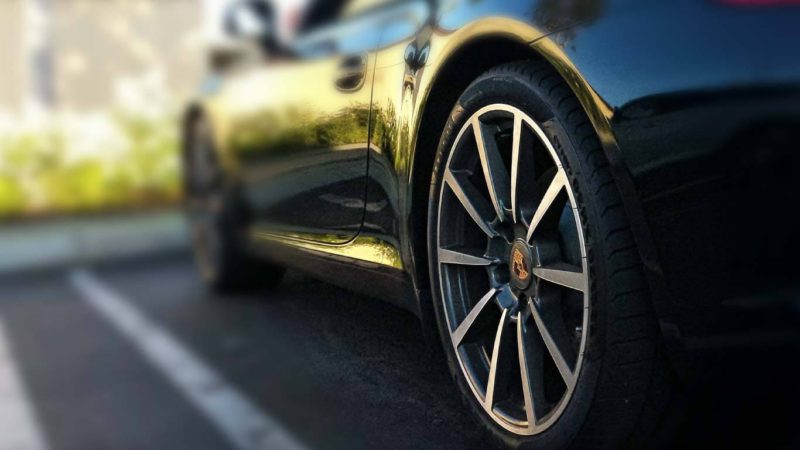While buying a car, your decision mainly depends on your financial situation. However, you would definitely opt for a car costing less and providing a great driving experience. When buying a car, most people are concerned about whether to purchase a car in one go or to lease your car and pay the amount for the next few years. The apparent benefit of leasing a car is it is less expensive than purchasing one. However, understanding the percentage of income you should spend on a car payment is essential while leasing a car. Car leasing Manchesterhas become a common practice owing to the great leasing deals available!
Understanding the different aspects of leasing your car might require some technical details in it. Nonetheless, it is always wise to be informed beforehand. If you are wondering about the percentage of income should you spend on your car payment, here are some of the facts to help you in this regard!
The Less Than 15% Rule
Leasing a car can be a challenging decision at times. If you don’t possess technically and financially sound knowledge, the chances are you will be making decisions that are no good for your monthly income. Some experts have suggested considering “the less than 15% Rule” This rule implies that you should not pay more than 15% of your monthly income on your car’s monthly payments. If you are able to find as good as this; offering your 15% or less than 15% of monthly payments, then you should definitely go for one!
The 36% Rule
You might already be familiar with the famous 36% rule when leasing a house or a car. According to one famous consultancy service, providing necessary information relating to different aspects of interests:
“The 36% rule states that you should never spend more than 36% of your gross income (before taxes) on all your debts combined. In other words, all of your monthly debt combined (house, car, credit cards, student loans, etc.) should not be more than 36% of your pre-tax earnings.”
Putting 20% Down
The concept of putting 20% down is quite interesting when buying a new car on lease. According to Money Under 30:
“According to Edmunds, a new car loses 9% of its value the second you drive it off the lot. By the end of the first year, it’s lost 19%. (This is why buying used is the way to go.) If you put less than 20% down, you risk becoming underwater on your car loan—meaning you owe more on the car than it’s worth—almost immediately.”
Wrapping up- The 20/4/10 Rule
To wrap up the discussion, you should be familiar with 20/4/10 when leasing a car. This rule states that you should pay 20% in down payment for 4 years and the vehicle expenses shall not exceed more than 10% of your gross income.













